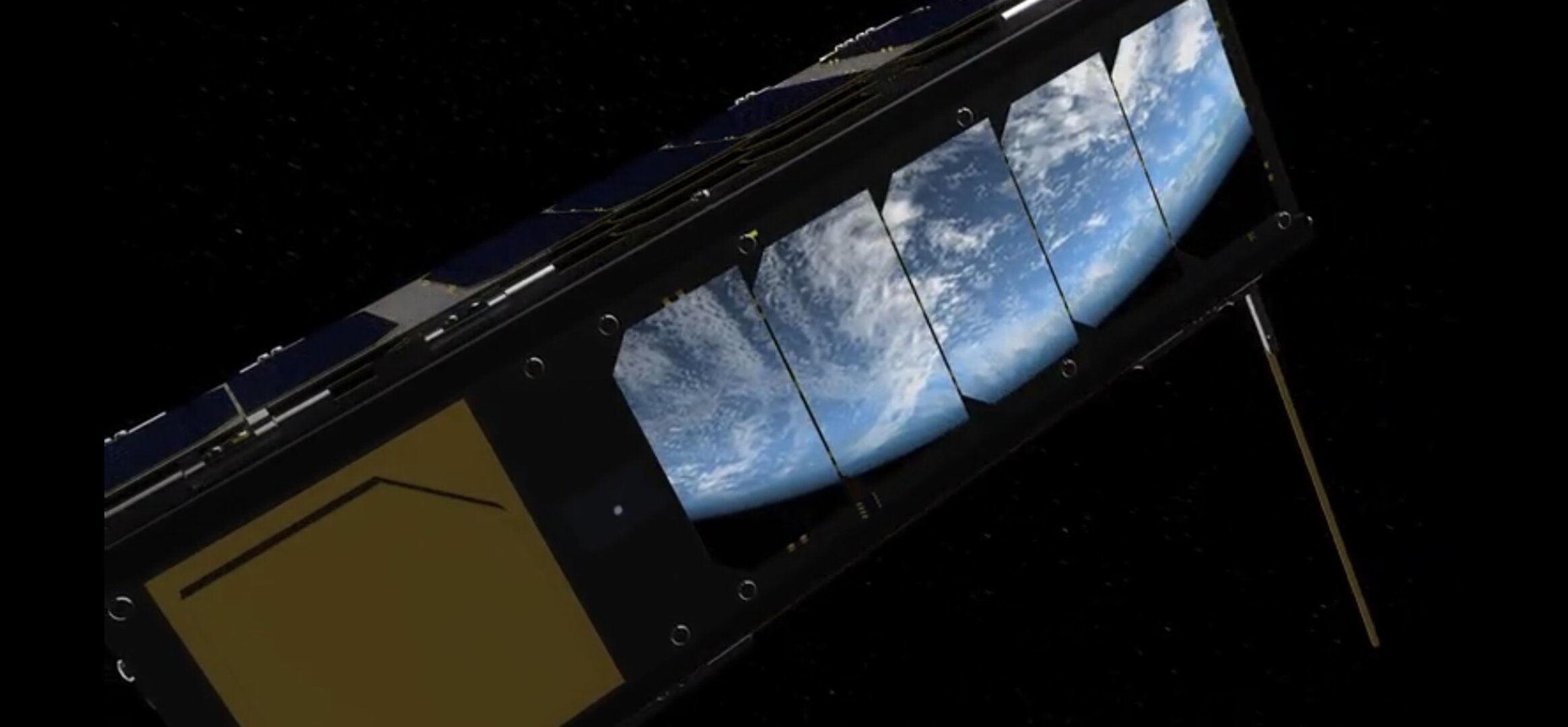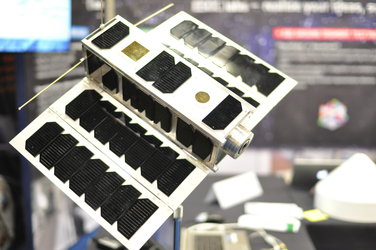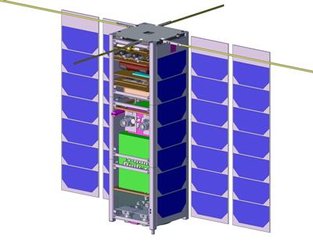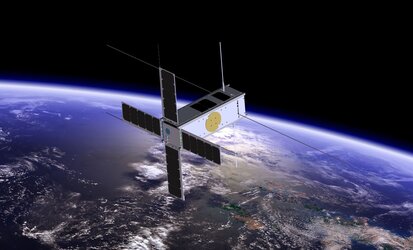OPS-SAT in orbit: a stepping stone to smarter space operations
ESA’s shoebox-sized OPS-SAT is in orbit and sending healthy signals to mission controllers on Earth. The miniature satellite will work as a test lab in orbit, for experiments in new mission control software and techniques.
The nanosatellite rode to orbit aboard Soyuz VS23 flight from Europe’s Spaceport in French Guiana on 18 December, sharing the ride with Italy’s COSMO-SkyMed Earth-observing satellite, ESA’s Cheops exoplanet tracker and two other miniature CubeSats.
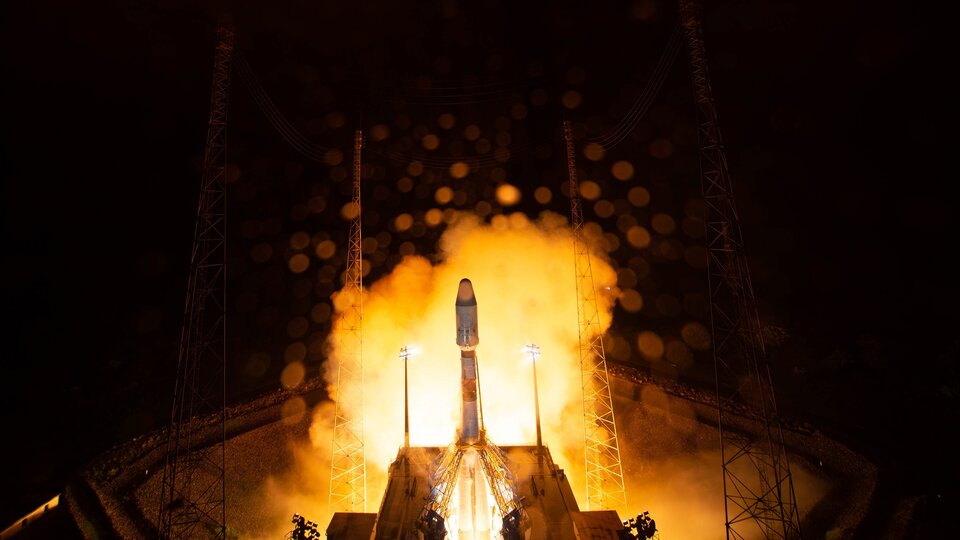
Having separated from its Soyuz Fregat upper stage around 1400 CET, OPS-SAT’s first verified signal was received by Finnish radio amateur Petri Niemela at 14:24 CET on launch day.
A detailed check-out of all the nanosatellite’s systems is now in progress.
“Our tiny satellite is in good shape and for the next few weeks we will work on commissioning its systems including switching its communication link to high bit-rate,” says OPS-SAT mission manager Dave Evans.
“Radio amateurs from around the world reported early reception of the OPS-SAT beacon signal and continue to post the data they receive from our satellite. The information they provided has been very useful to us – thank you to everyone for their excellent support.”
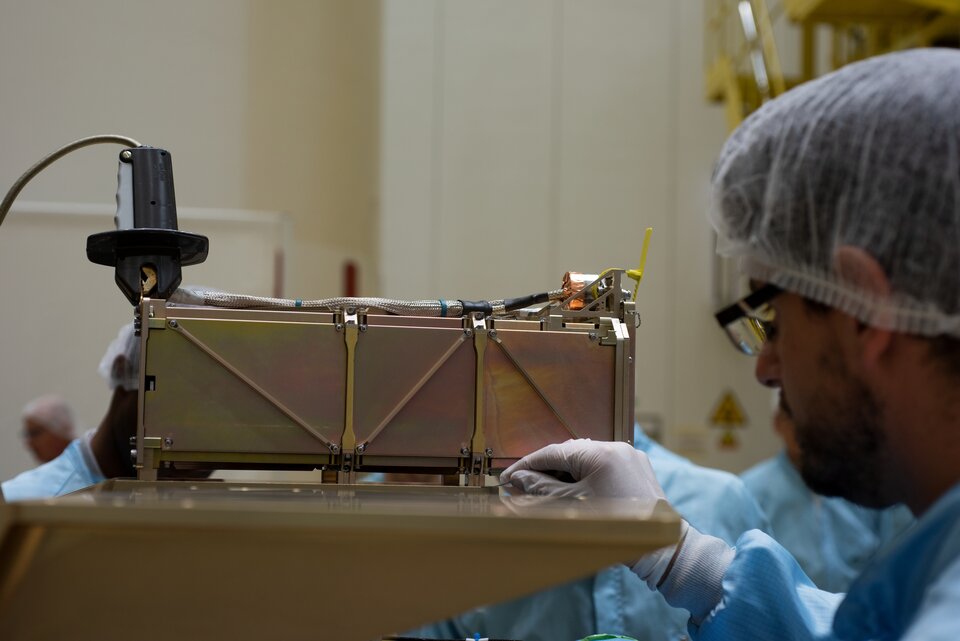
Harnessing more flight computing power than any previous ESA spacecraft, OPS-SAT is an inflight testbed for all kinds of promising new operational software, tools and techniques.
This low-cost nanosatellite works just like an extremely complex full-sized ESA satellite in terms of its ground interfaces. This will allow research teams from companies, research institutes or even school computer clubs to gain early space heritage for new technologies.
OPS-SAT experiments will cover topics like AI and autonomous planning, fault detection and recognition – allowing satellites to recognise and self-correct errors – as well as new data compression and signal encryption techniques.
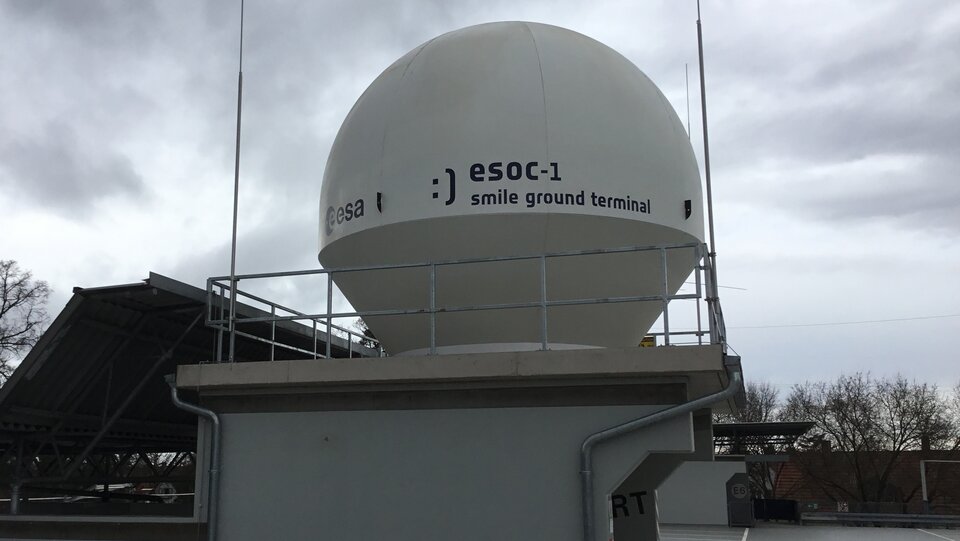
The mission will also try out optical communications for cryptography experiments and a ‘spectrum analyser in the sky’ experiment for radio signal monitoring.
OPS-SAT is ESA’s latest technology CubeSat – a small satellite based on standardised 10 cm boxes, much cheaper and quicker to build than traditional missions.
This mission is a ‘3-unit’ CubeSat, built up from three such boxes – but it is extremely capable despite its small size, equipped with an Earth-observing camera, a GPS sensor and startracker for navigation, reaction wheels for positioning, radio antennas and an optical data receiver and retro-reflectors, as well as a very powerful processor with 8 GB of mass memory.
OPS-SAT was built for ESA by a consortium composed of partners from Austria, Poland, Germany and Demark led by TU Graz and Unitel IT Innovationen in Austria, supported through the FLY element of ESA’s General Support Technology Programme (GSTP), readying promising technologies for space.

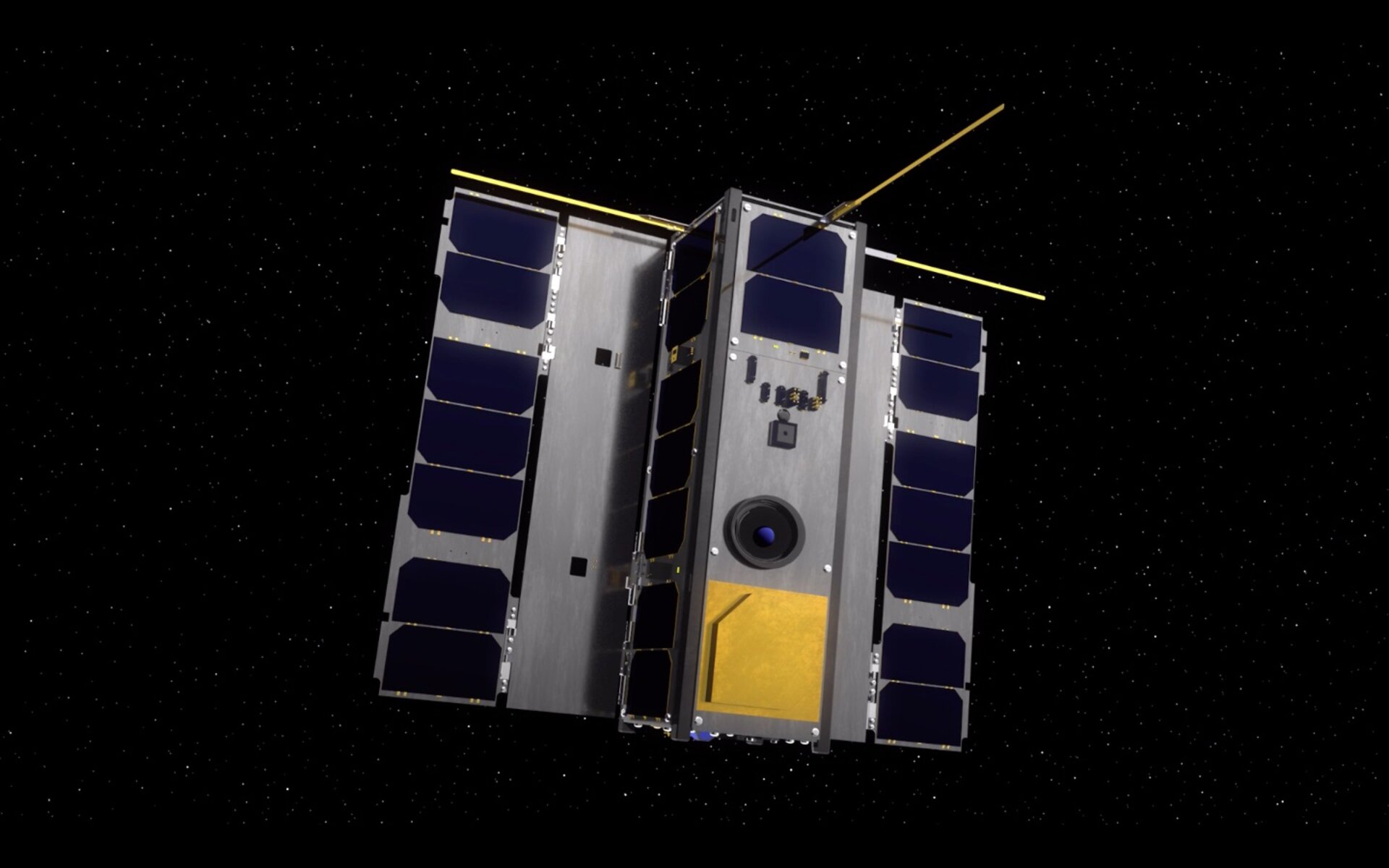
Access the video


